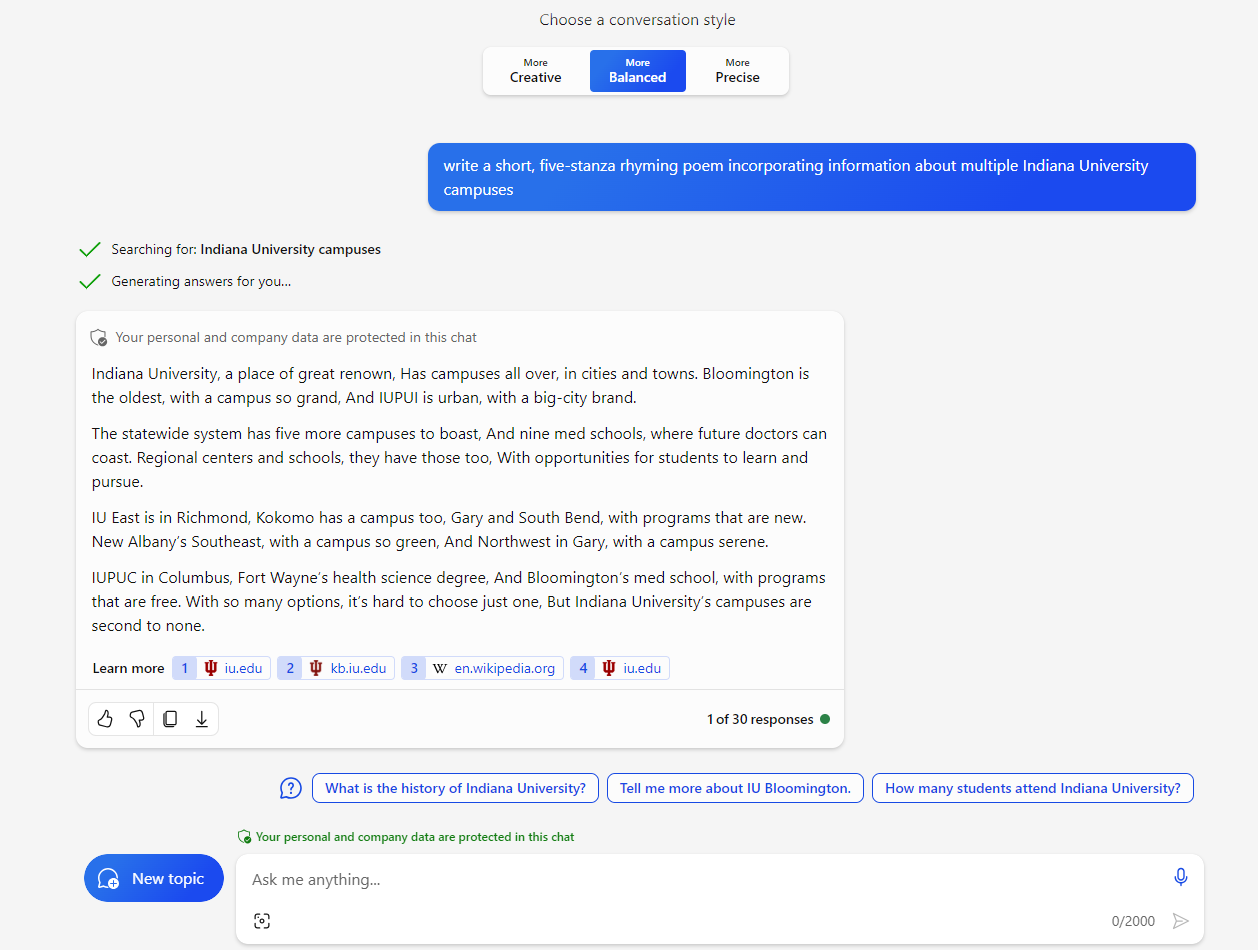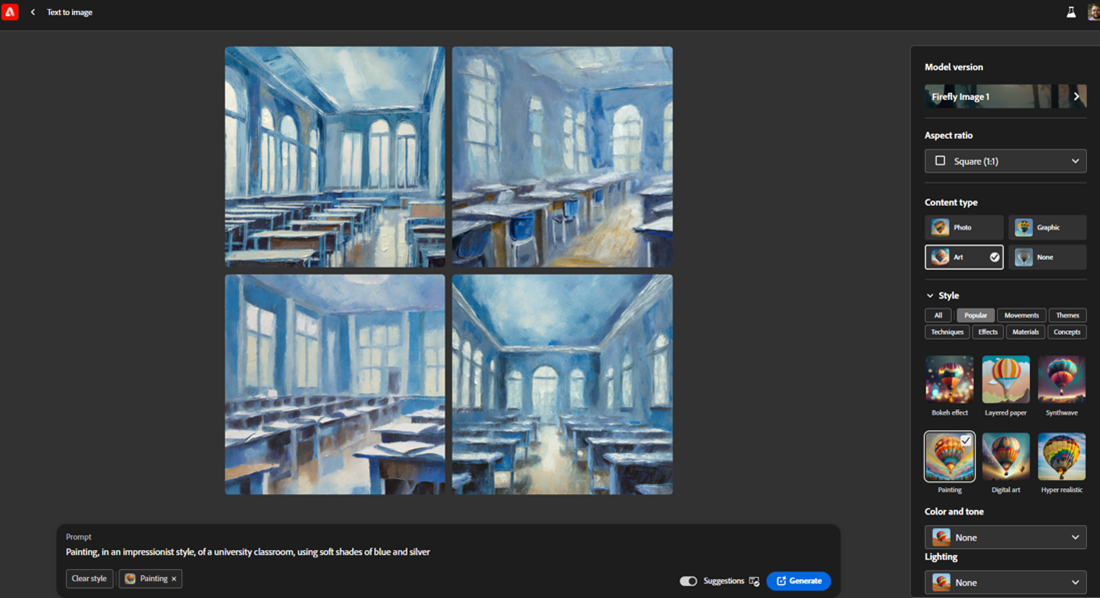Generative AI tools matter in the context of higher education because they impact:
- Digital literacy: Generative AI tools are becoming ubiquitous in various sectors. Familiarity with these tools is essential for students to be digitally literate in the modern world.
- Information literacy: As information becomes more abundant and complex, students need to understand and manage AI-generated content, discerning between credible and non-credible sources.
While many instructors are rationally concerned about generative AI’s implications regarding academic integrity, efforts to “catch” students who are using the tools inappropriately likely won’t prevent the use of those tools. They may also disproportionately harm students from populations most vulnerable to academic integrity claims. This focus may be better spent developing activities where students use generative AI alongside their own efforts, or that rely on skills that generative AI is less likely to demonstrate. For examples, visit our page on using generative AI in teaching and learning.
Types of generative AI
There are different types of generative AI models, some of which are explained below.



